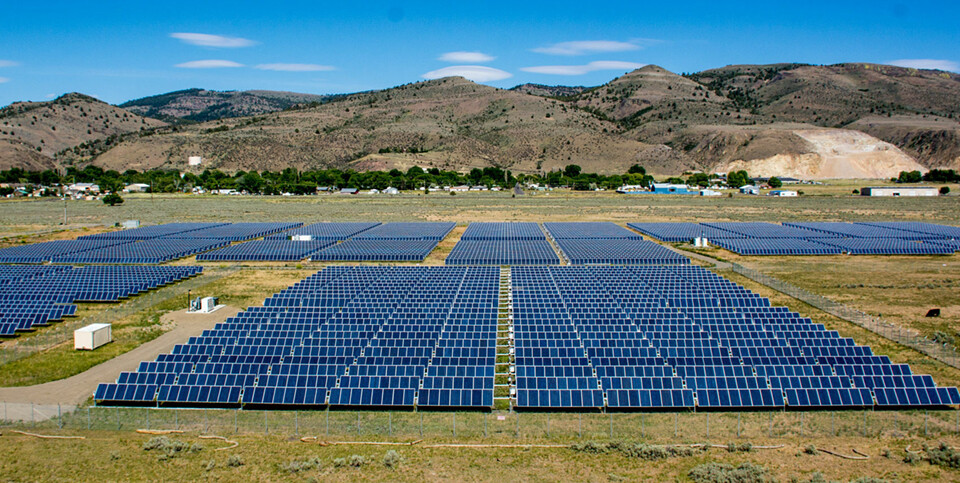Pacific Northwest Potentially Facing Energy Droughts According To Research

“Energy Droughts”- a phenomenon that is predicted in wind and solar energy production, occur when the sun doesn’t shine and the wind doesn’t blow respectively in these two energy sources. Research by the Pacific Northwest National Laboratory (PNNL) found that Oregon and Washington could experience energy droughts- albeit that the local dips in energy production are likely to happen less frequently than in other parts of the country.
Lead author of the PNNL paper, Cameron Bracken, an Earth Scientist, stresses that grid operators need to predict when energy droughts will occur, and put measures in place to pull energy from different sources. Recognizing where, when, and for how long energy droughts occur aids operators in managing grid-level battery systems. This ensures that enough electricity is stored and is available to deploy during the periods that energy is needed most. With a completely decarbonized grid that depends heavily on solar and wind, energy droughts could have huge amounts of impact on the grid, according to Bracken.
Collating and analyzing weather patterns in the US over the last four decades, the study focussed on areas where solar and wind energy plants currently operate and included data about wind speeds at their height in wind turbines and the intensity of solar energy that falls on solar panels. During periods of stagnant air and cloudy skies, lower energy generation from the wind and solar plants led to a compound energy drought.
“We essentially took a snapshot of the infrastructure as of 2020 and ran it through the 40 years of weather data, starting in 1980,” Bracken said. The PNNL team also compared various energy demands, forecasting how often an energy drought could occur during times when power is critical. Because the weather system is highly variable, depending on what type of energy and where it’s being used, there might be different impacts on the grid, and solar and wind energy production dips could potentially last for hours in the Pacific Northwest.
Investigating different ways to mitigate the impact of the energy droughts, the research is aimed at helping grid planners to better understand the gaps and identify where solutions such as battery storage, could be best employed. Nathalie Voisin, PNNL’s chief regional water-energy dynamics researcher also indicated that transmissions are key to providing regional and cross-regional reliability.
If there is an energy drought in one area, climate data can be used more efficiently by pinpointing areas where building more interconnected regional transmission lines should be undertaken. According to Voisin, other technologies- such as nuclear power, should also be considered.
Addressing the social equity and the environmental justice of the future power grid is also key. The research data could extended, ensuring that there is sufficient power and storage in communities that have been underserved. Building more transmission lines would deliver electricity where and when it is needed.
Transitioning to renewable energy is accelerating as more solar and wind farms are powering homes. Understanding where potential gaps in energy production occur can help grid planners improve the reliability of the national grid. Given that all parts of the country experienced energy droughts differently, a national view could solve localized issues. Due to an abundance of hydropower, energy droughts in the Pacific Northwest are not currently an issue according to Bracke, who confirmed the value of understanding where the gaps could be happening in the future.
The PNNL is now exploring climate change scenarios and determining how extreme weather events- like the 2021 Pacific Northwest heat dome, could impact the time spans and sizes of energy droughts.

Comments are closed.